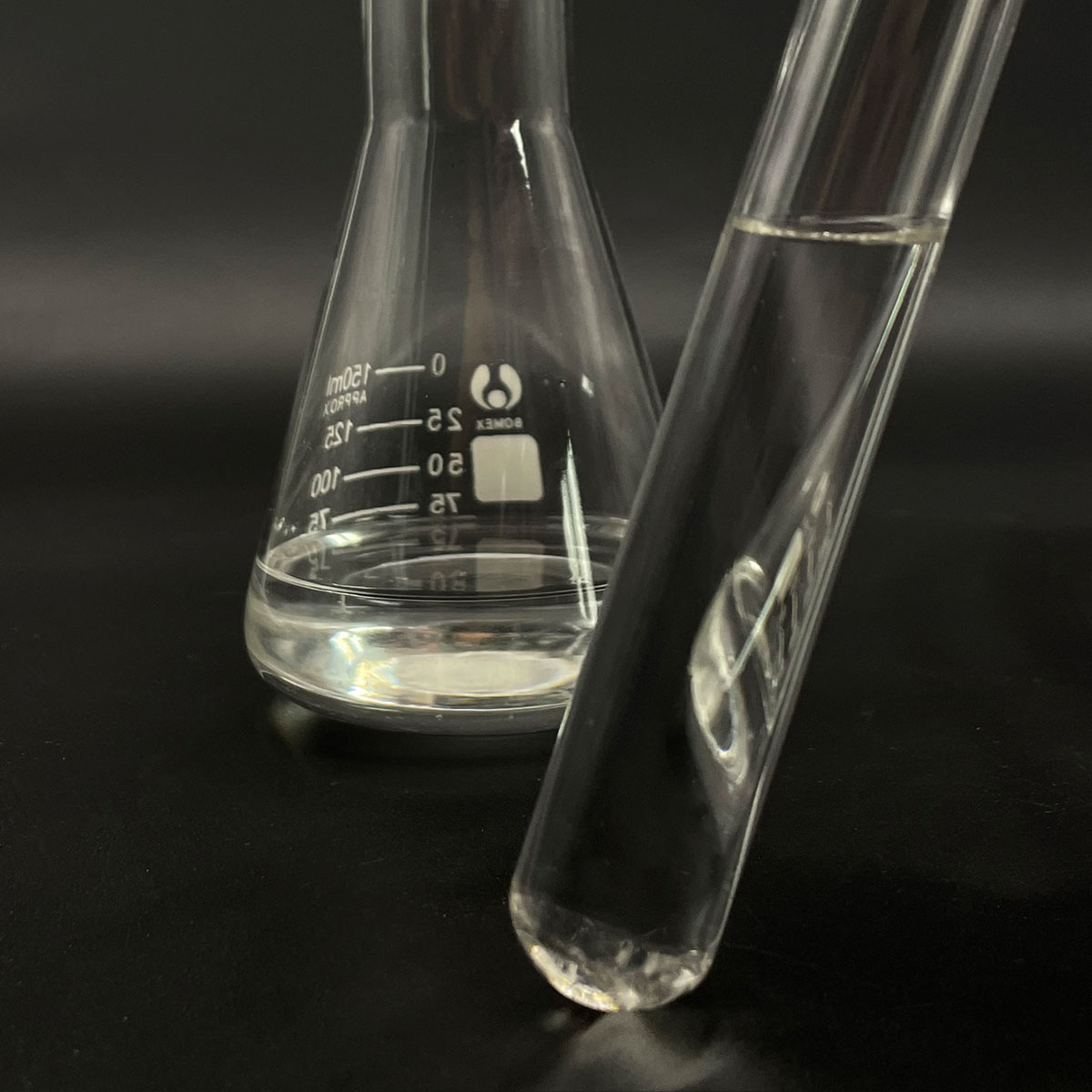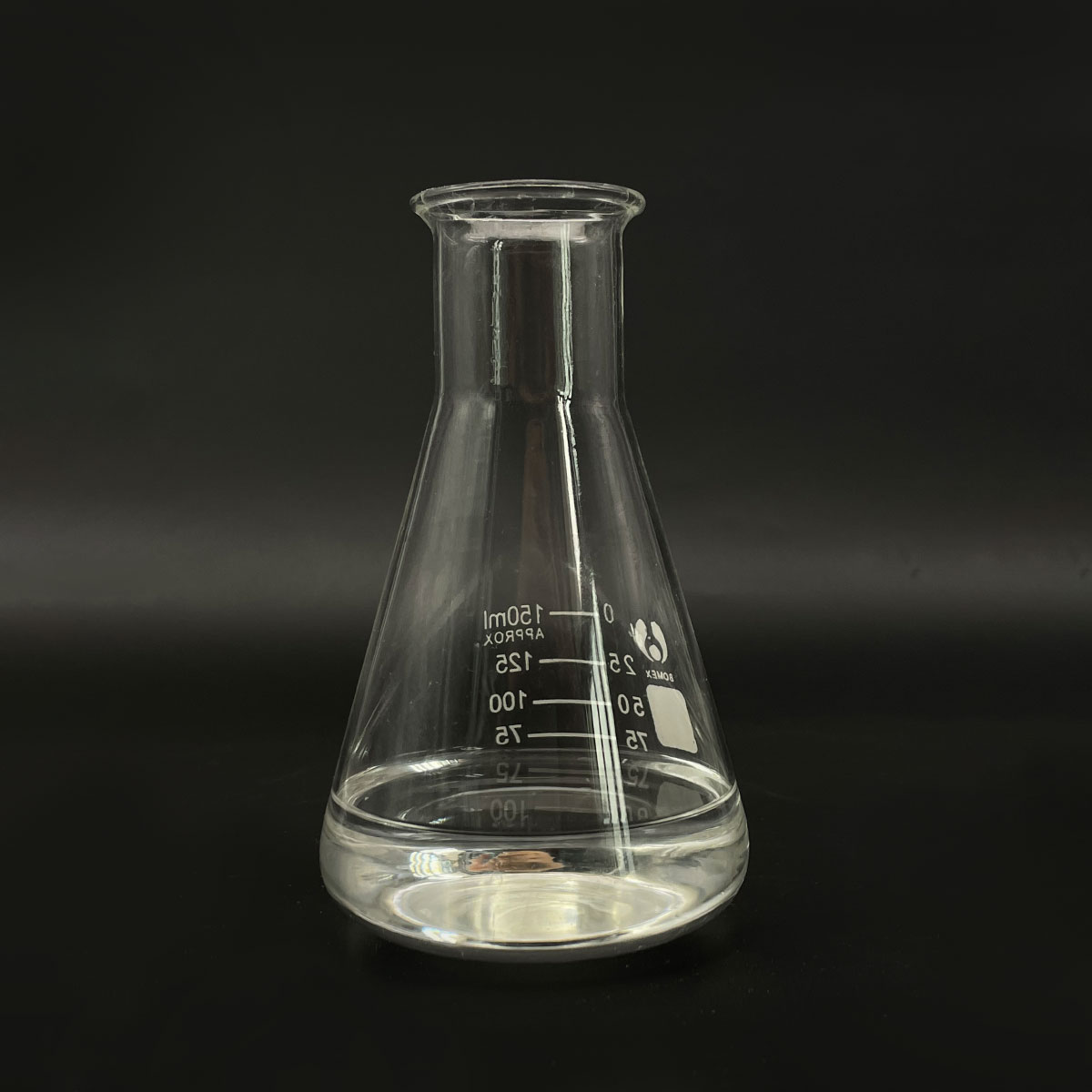**The Magic of Surfactants: How They Defy Water’s Stubborn Skin**
(How Does Surfactant Lower Surface Tension)
We see it every day. Water droplets beading up on a freshly waxed car. Insects skimming effortlessly across a pond. That stubborn ring left in your coffee mug. All these things happen because of surface tension. It’s like water has a thin, invisible skin holding it together. But there’s a special group of chemicals, surfactants, that possess the unique power to weaken this skin. How do they pull off this trick? Let’s dive into the fascinating world of these molecular magicians.
**Main Product Keyword:** Surfactant
**1. What Exactly is This Mighty Molecule?**
Surfactant isn’t just one thing. It’s a whole category of chemicals. The name itself gives a big clue: “Surfactant” comes from “**Surf**ace **Act**ive **A**ge**nt**”. These agents act on surfaces. Think of them as tiny peacemakers between substances that usually don’t mix well, like oil and water.
The secret lies in their special structure. Every surfactant molecule has two distinct parts:
* **The Head:** This part loves water. It’s hydrophilic. It carries an electrical charge (like negative, positive, or both).
* **The Tail:** This part hates water. It’s hydrophobic. It’s usually a long chain of carbon and hydrogen atoms, similar to oil or fat.
This “two-faced” nature is absolutely crucial. It makes surfactants behave differently at surfaces compared to when they’re dissolved in the middle of a liquid. They don’t just sit there quietly. They actively seek out boundaries.
**2. Why Does Water Fight So Hard? (The Problem with Surface Tension)**
To understand how surfactants win, we need to see why water is so “stubborn” in the first place. Water molecules are incredibly attracted to each other. This attraction is called cohesion. Inside a body of water, each molecule is pulled equally in all directions by its neighbors. It’s perfectly balanced.
Molecules right at the surface are different. They have neighbors beside them and below them, but no neighbors *above* them. This imbalance creates a net inward pull. The surface molecules are constantly being yanked back towards the liquid’s interior. This force makes the surface act like it’s covered by a stretched elastic film. That’s surface tension.
Surface tension is why water forms droplets. The molecules pull together as tightly as possible, minimizing the surface area. It’s why small insects can walk on water. The surface skin is strong enough to hold them up. It’s also why water doesn’t spread easily on oily surfaces. The cohesive forces inside the water are much stronger than the adhesive forces trying to stick the water to the oil. High surface tension keeps water “beaded up.”
**3. How Do Surfactants Break the Water’s Grip?**
This is where the surfactant’s unique structure springs into action. When you add surfactant to water, its molecules don’t just dissolve randomly. Remember the hydrophobic tail? It hates being surrounded by water. The hydrophilic head loves it. This conflict drives the molecules to the surface.
At the water’s surface, the surfactant molecules arrange themselves. The hydrophilic heads dive happily into the water. The hydrophobic tails stick straight up into the air, away from the water they despise. It’s like a tiny army lining up at the border, heads in the water, tails out.
This lining up fundamentally changes the situation. The water molecules at the surface aren’t just surrounded by other water molecules anymore. Now, they’re next to these surfactant heads. The strong cohesive forces between pure water molecules get disrupted. The surfactant heads don’t attract water molecules nearly as powerfully as other water molecules do.
The result? The net inward pull on the surface molecules weakens. The surface film becomes less tight, less elastic. The surface tension drops significantly. The surfactant molecules have literally inserted themselves between the water molecules, reducing their mutual attraction at the boundary. It’s like adding a lubricant to the surface.
**4. Where Do We See Surfactants Defying Surface Tension? (Real-World Applications)**
Surfactants are everywhere! Their ability to lower surface tension makes them indispensable in countless products and processes. Here are just a few key examples:
* **Soaps and Detergents:** This is the big one. Washing away grease and dirt relies entirely on surfactants. The hydrophobic tail grabs onto oily grime. The hydrophilic head anchors the whole complex in water. Lowering surface tension lets water penetrate fabrics and spread easily, lifting dirt away. Without surfactants, soap would just be a lump.
* **Emulsifiers:** Ever wonder how mayonnaise stays creamy? Surfactants make it happen. They lower the interfacial tension between oil and water, allowing tiny droplets of one to disperse evenly throughout the other. This creates stable emulsions in foods, cosmetics (lotions, creams), and medicines.
* **Wetting Agents:** Farmers need pesticides and herbicides to spread evenly over waxy plant leaves, not bead up and roll off. Painters need paint to flow smoothly onto surfaces. Surfactants act as wetting agents, reducing surface tension so liquids spread out and make good contact instead of forming droplets.
* **Foaming Agents:** Firefighting foam blankets fires, cutting off oxygen. Shaving cream needs stable bubbles. Dish soap makes suds. Surfactants stabilize the thin films of water surrounding air bubbles, allowing foam to form and persist. Lower surface tension makes it easier to create and maintain these bubbles.
* **Enhanced Oil Recovery:** Getting oil out of deep rock formations is tough. Surfactant solutions injected into oil wells lower the interfacial tension between trapped oil and the water used to push it out. This helps mobilize the oil droplets, allowing more oil to flow to the production well.
* **Lung Function:** Even inside our bodies! A special lung surfactant, produced naturally, dramatically lowers the surface tension in the tiny air sacs (alveoli) of our lungs. This prevents the sacs from collapsing completely when we breathe out, making breathing effortless. Premature babies often need artificial surfactant therapy because their bodies haven’t started producing enough yet.
**5. Surfactant Science: Your Questions Answered (FAQs)**
Let’s tackle some common questions about these fascinating molecules:
* **Do all surfactants work the same way?** The core mechanism (disrupting intermolecular forces at surfaces/interfaces) is the same. Different types exist (anionic, cationic, nonionic, zwitterionic) based on the head group’s charge. This affects properties like effectiveness in hard water, compatibility with other ingredients, and foaming ability. Choosing the right type matters for the job.
* **Can too much surfactant cause problems?** Yes. Adding more surfactant lowers surface tension up to a point. Once the surface becomes completely packed with surfactant molecules (reaching the Critical Micelle Concentration – CMC), adding more surfactant just forms clusters called micelles in the bulk solution. Surface tension doesn’t drop much further. Excessive surfactant can sometimes lead to excessive foaming or other stability issues in formulations.
* **Are surfactants safe?** It depends heavily on the specific surfactant and its use. Many are perfectly safe in everyday products like soap and shampoo when used as directed. Some industrial surfactants can be harsh or toxic. Biodegradability is also a major concern; we want them to break down safely after use. Regulations and research focus heavily on surfactant safety and environmental impact.
* **Besides lowering surface tension, what else do surfactants do?** Lowering surface tension is their defining superpower. This core action enables their other key functions: emulsifying (mixing oil and water), foaming/stabilizing foam, wetting surfaces, dispersing particles, and solubilizing oily substances within micelles in water. All stem from that fundamental ability to act at interfaces.
(How Does Surfactant Lower Surface Tension)
* **How is lung surfactant different from soap?** While both lower surface tension, lung surfactant is a complex mixture of specific lipids (fats) and proteins produced naturally by our bodies. Its composition is finely tuned for the unique environment of the lung’s air sacs. Soap is a synthetic or natural blend designed for cleaning. Using soap in your lungs would be disastrous! Artificial lung surfactants used medically are specially formulated to mimic the natural substance.
Inquiry us
if you want to want to know more, please feel free to contact us.




